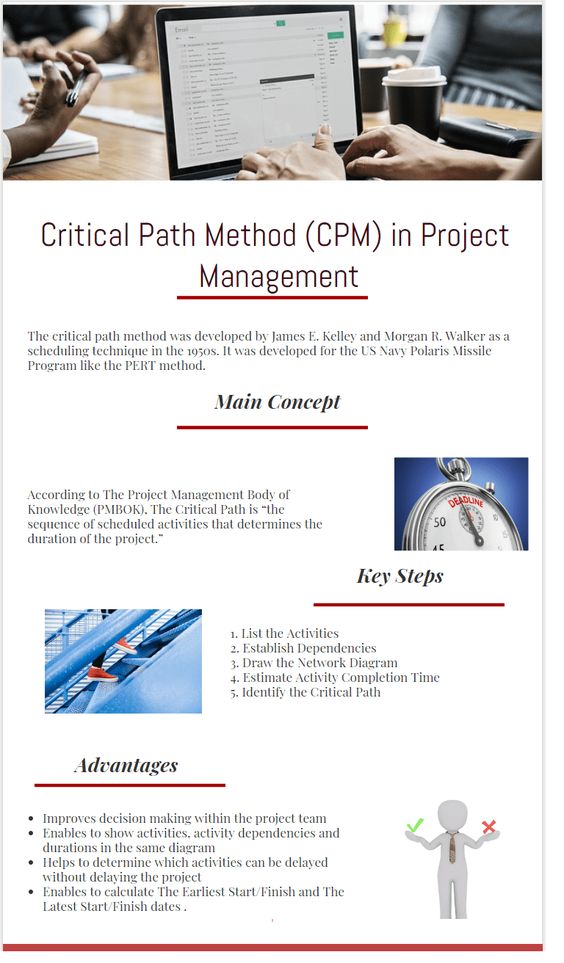The Critical Path Method (CPM) is an important tool used in project management to identify the sequence of tasks and their associated timelines needed to complete a project. CPM helps project managers to identify critical tasks that must be completed on time in order to ensure the successful completion of the project. It also helps them to identify potential delays and develop strategies to minimize their impact.
What is the Purpose of Critical Path Method?
The purpose of the Critical Path Method is to help project managers plan and manage their projects more effectively. By mapping out the sequence of tasks and their associated timelines, CPM enables project managers to identify the critical tasks that must be completed on time in order to ensure the successful completion of the project. It also helps them to identify potential delays and develop strategies to minimize their impact.
How Does Critical Path Method Work?
The CPM process involves mapping out the sequence of tasks and their associated timelines. This is done by creating a network diagram that shows the tasks and their dependencies. Each task is assigned a duration and the diagram is then used to identify the critical path. This is the sequence of tasks that must be completed on time in order to ensure the successful completion of the project.
What are the Benefits of Critical Path Method?
The Critical Path Method has several benefits for project managers. It helps them to identify the critical tasks that must be completed on time in order to ensure the successful completion of the project. It also helps them to identify potential delays and develop strategies to minimize their impact. Additionally, CPM can help project managers to allocate resources more effectively and improve communication between team members.
What are the Limitations of Critical Path Method?
The CPM process can be complex and time consuming. It also requires a detailed understanding of the project and its associated tasks. Additionally, CPM is not always suitable for all types of projects, as it may not be able to accurately reflect the complexities of certain projects.
How to Implement Critical Path Method?
The first step in implementing the CPM process is to create a network diagram that shows the tasks and their dependencies. Each task is then assigned a duration and the diagram is used to identify the critical path. Once the critical path has been identified, project managers can then develop strategies to minimize potential delays and ensure the successful completion of the project.
What are the Best Practices for Critical Path Method?
The best practices for using the Critical Path Method include:
• Identifying the critical tasks that must be completed on time
• Developing strategies to minimize potential delays
• Allocating resources more effectively
• Improving communication between team members
• Regularly reviewing the project plan
• Using software tools to help manage the CPM process
You might find these FREE courses useful
- Build Critical Path Visualizations in Tableau and
- Top Project Management: The Basics For Success
- Top Project Management: Life Cycle And Project
- Top Project Management Certification Google Courses
- Top Project Management Courses – Learn Project
- Top Project Management Principles And Practices
Conclusion
The Critical Path Method is an important tool used in project management to identify the sequence of tasks and their associated timelines needed to complete a project. It helps project managers to identify the critical tasks that must be completed on time in order to ensure the successful completion of the project. Additionally, CPM can help project managers to allocate resources more effectively and improve communication between team members. By following the best practices for using the CPM process, project managers can ensure the successful completion of their projects.


